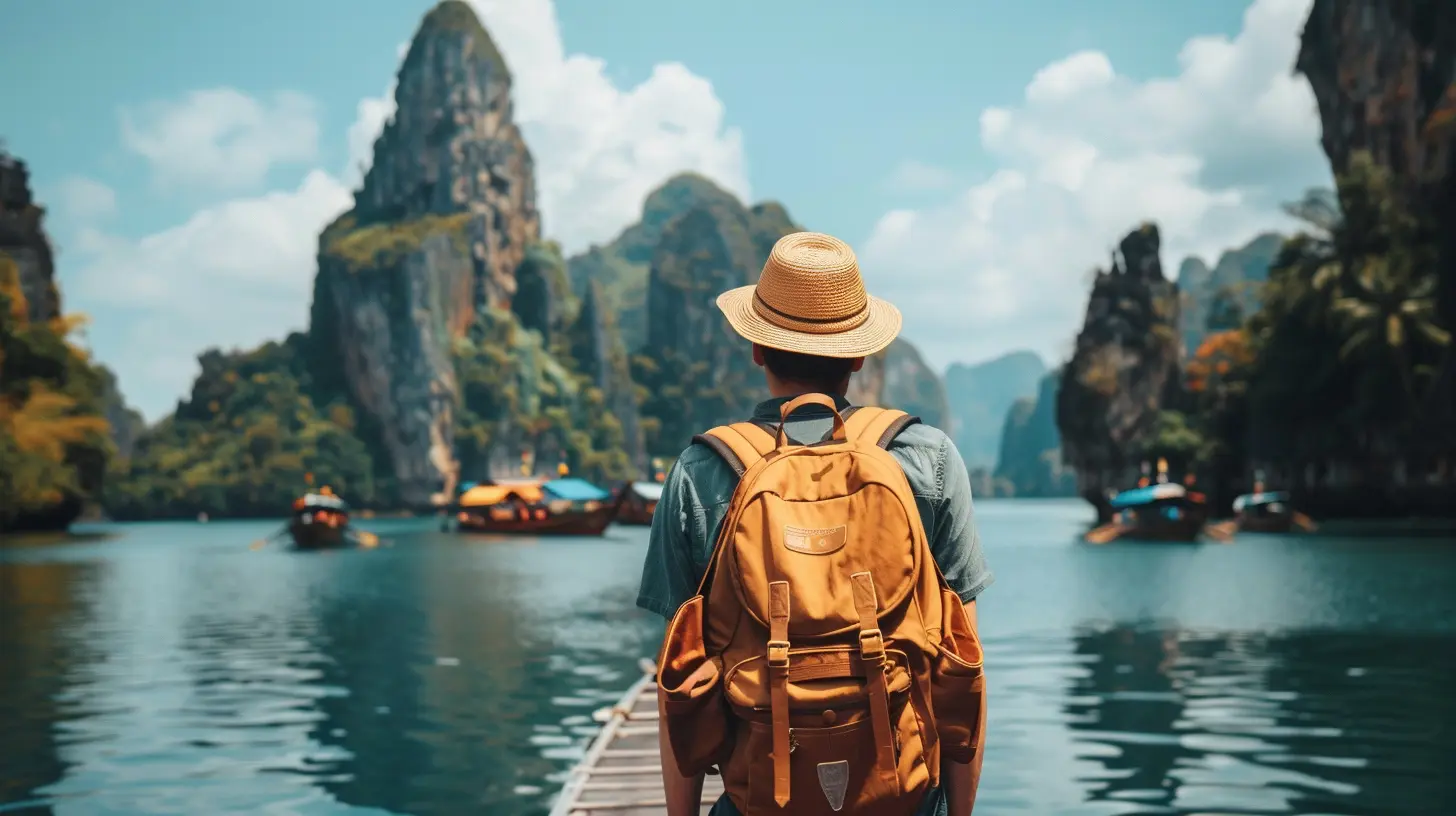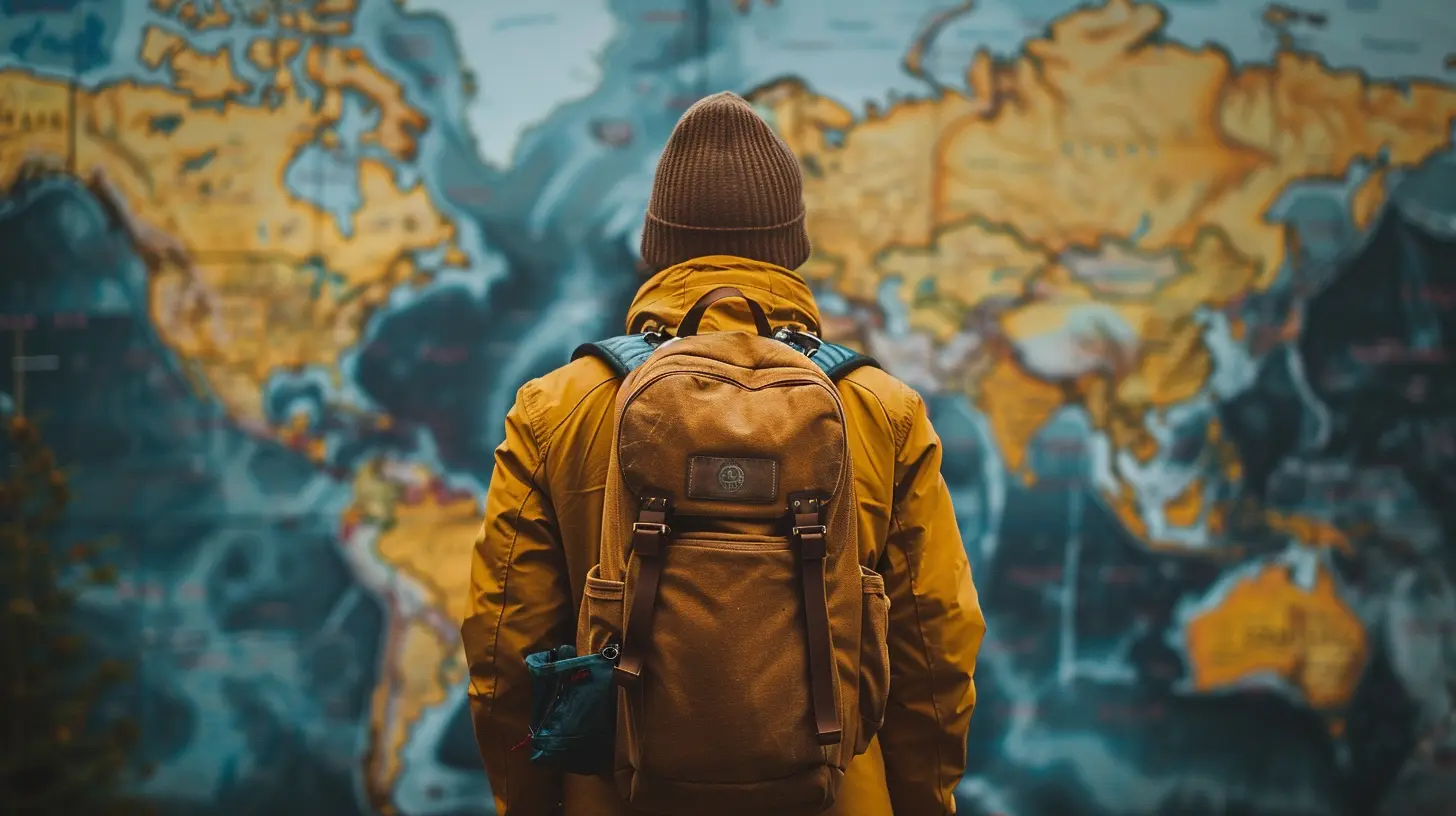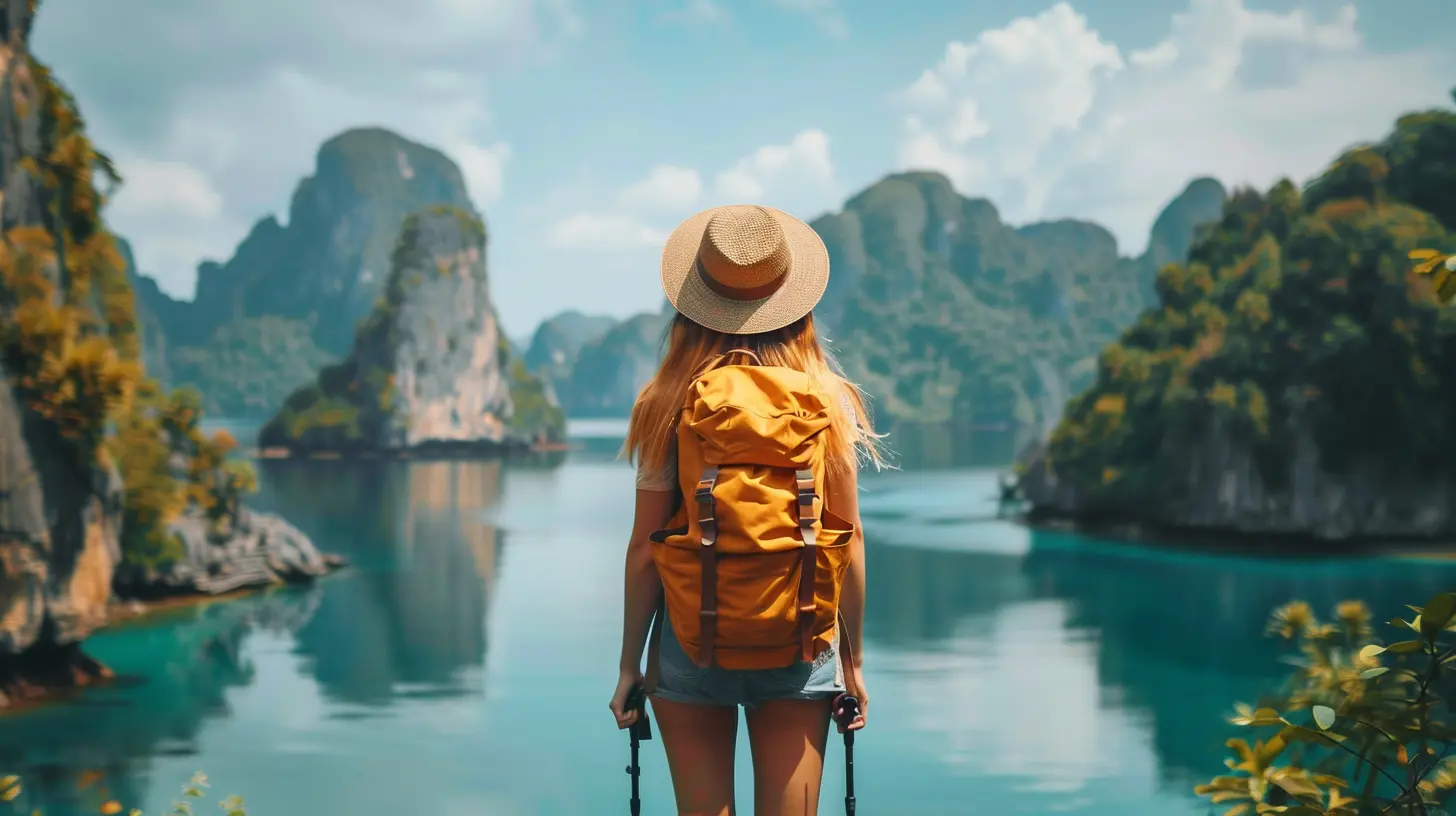How to Navigate Cultural Differences as a Solo Traveler
1 April 2025
Traveling alone is one of the most enriching experiences you can have. It pushes you out of your comfort zone, introduces you to new perspectives, and teaches you a thing or two about yourself. But let’s be real—cultural differences can also be a challenge. One moment you're smiling at a stranger, and the next, you're accidentally offending someone because of an innocent gesture.
So, how do you navigate these cultural differences without stepping on any toes? Well, that’s exactly what we’re diving into. 
1. Do Your Homework Before You Go
You wouldn’t walk into a new job without at least skimming through the company’s policies, right? The same logic applies to traveling.Before you pack your bags, take some time to research the customs, traditions, and etiquette of the country you're visiting. Some things to look into:
- Greeting customs: Some cultures bow, others shake hands, and some prefer a simple nod.
- Dining etiquette: In some places, finishing all the food on your plate is polite; in others, it might imply that you weren’t given enough.
- Clothing norms: What’s acceptable in one country might be considered disrespectful in another.
A little preparation goes a long way in avoiding awkward situations. 
2. Learn a Few Essential Phrases
Language barriers can be intimidating, but a few key phrases in the local language can make a world of difference.Try learning:
- “Hello” and “Thank you” – Politeness is universal.
- “Excuse me” and “Sorry” – Because you’ll probably need them!
- “Do you speak English?” – Always good to know.
Even if you butcher the pronunciation, locals usually appreciate the effort. It shows respect for their culture and can even open doors to more authentic experiences. 
3. Observe and Adapt
Ever been in a situation where you can just feel that something is off? Trust those instincts.When you arrive in a new country, take some time to observe how locals behave:
- Are they loud and expressive, or more reserved?
- Do they make eye contact when speaking, or avoid it out of respect?
- How do they queue up for public transport? (Trust me, this varies a lot.)
The best way to blend in and respect a culture is to take cues from the people around you. 
4. Be Mindful of Personal Space and Touch
What's considered normal in one place might feel invasive in another.- In some countries, hugging and cheek-kissing are common greetings, even among strangers.
- In others, touching someone you just met—even a friendly pat on the back—can be uncomfortable.
- Some cultures value personal space, while others find close proximity completely normal.
A good rule of thumb? Wait and see how locals interact before initiating any physical contact.
5. Handling Cultural Misunderstandings Gracefully
Let’s face it—mistakes happen. No matter how much research you do, at some point, you might unintentionally offend someone. The key is handling it well.If you realize you’ve made a cultural misstep:
- Apologize sincerely. A warm smile and a simple “I’m sorry” usually do the trick.
- Laugh it off. If the situation allows, humor can help ease the tension.
- Learn from it. Take it as a lesson rather than an embarrassment.
Most people understand that travelers are bound to make mistakes. What matters is your attitude in fixing them.
6. Respect Religious and Traditional Practices
Religion often plays a huge role in shaping cultural norms, so it's important to be mindful of it.- Dress appropriately at religious sites. Many temples, mosques, and churches require modest clothing—covering shoulders, knees, and sometimes even heads.
- Follow local temple or mosque etiquette. Shoes off? Silence required? Pay attention to the rules.
- Be mindful of photography. Some places don’t allow photos, especially of religious ceremonies or sacred sites.
A little respect goes a long way in being a welcomed visitor rather than an unintentional disruptor.
7. Be Open-Minded (Even When It’s Uncomfortable)
Every traveler eventually encounters a tradition, food, or belief that feels completely foreign—maybe even unsettling. Instead of reacting with judgment, try shifting your perspective.- Instead of “That’s weird,” try “That’s interesting!”
- Instead of rejecting a local custom, try to understand its roots.
You don’t have to agree with everything, but keeping an open mind makes cultural exchange much richer.
8. Beware of Nonverbal Communication
Did you know a thumbs-up is offensive in some countries? Or that direct eye contact can be seen as rude in certain cultures?Nonverbal communication—gestures, posture, even the way you use your hands—can mean vastly different things depending on where you are. What’s casual at home might be offensive abroad.
When in doubt, keep your body language neutral, observe the locals, and follow suit.
9. Ask Questions (But Be Respectful)
Curiosity is a great thing—as long as it's approached with sensitivity.If you're unsure about a cultural practice, ask a local about it. Most people appreciate genuine interest in their way of life. Just make sure your questions are respectful and avoid topics that might be too personal or controversial (like politics or religion, unless invited into the discussion).
A simple “I’d love to learn more about this, can you tell me about it?” shows openness without sounding intrusive.
10. Embrace the Differences and Enjoy the Experience
At the end of the day, cultural differences are what make travel exciting. If every place were the same, where’s the fun in that?Instead of stressing over every little etiquette rule, focus on genuine connection. Smile, show gratitude, and approach every interaction with respect and an open heart.
Travel isn’t just about seeing new places—it’s about understanding new ways of life. And that’s a lesson you’ll carry with you far beyond your trip.
Final Thoughts
Navigating cultural differences as a solo traveler doesn’t have to be overwhelming. With a little preparation, observation, and an open mind, you’ll not only avoid awkward moments but also create meaningful cross-cultural connections.So, pack that curiosity, embrace the unknown, and go experience the world—one culture at a time.
all images in this post were generated using AI tools
Category:
Solo TravelAuthor:

Claire Franklin
Discussion
rate this article
4 comments
Ramona McConnell
“Cultural differences can be tricky! Just remember: smiling and nodding works in almost every language—especially at awkward moments!”
April 18, 2025 at 3:38 AM

Claire Franklin
Absolutely! A smile can bridge many gaps and ease any awkwardness while traveling. It's a universal sign of friendliness!
Poppy Valentine
This article raises intriguing points about navigating cultural differences while traveling solo! I'm curious about personal anecdotes—how do real travelers adapt to unexpected situations? Understanding these experiences could add depth to the advice. Any insights or stories from the community?
April 12, 2025 at 4:01 AM

Claire Franklin
Thank you for your interest! Many travelers share stories of adapting through local interactions, like using gestures to communicate or seeking assistance from locals. Personal connections often lead to memorable experiences that enrich the journey. I encourage readers to share their own anecdotes to further enrich our understanding!
Viva Marks
“Just remember: when in doubt, smile and nod. It’s the universal language – plus, it gives you a perfect excuse for awkward moments!”
April 9, 2025 at 3:28 PM

Claire Franklin
Absolutely! A smile can bridge any cultural gap and ease those awkward encounters. It's a simple yet powerful tool for connection.
Scarlett McGuire
Great insights! Understanding cultural nuances enhances solo travel experiences and fosters meaningful connections with locals.
April 7, 2025 at 3:05 AM

Claire Franklin
Thank you! I'm glad you found the insights valuable. Embracing cultural nuances truly enriches travel experiences and connections.



